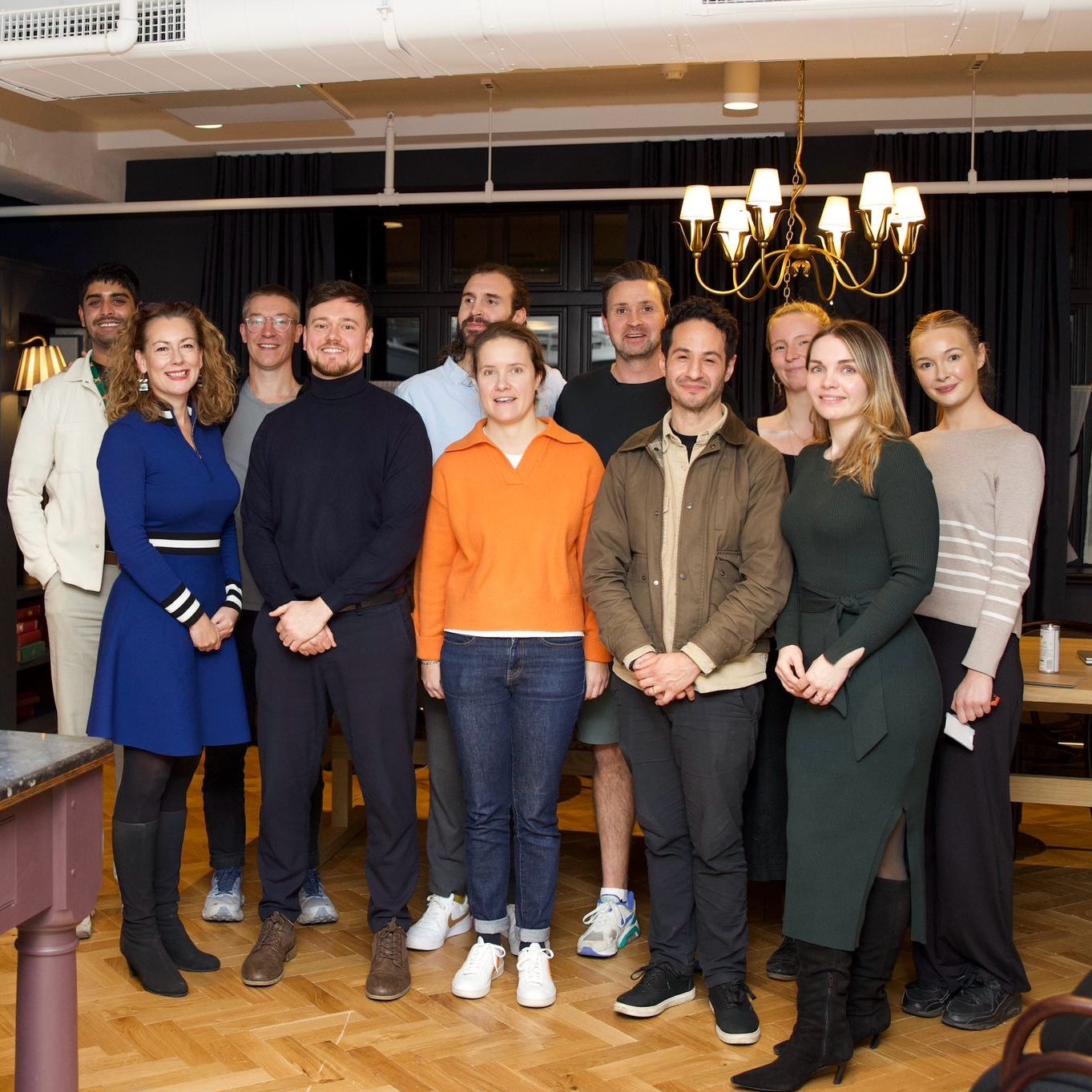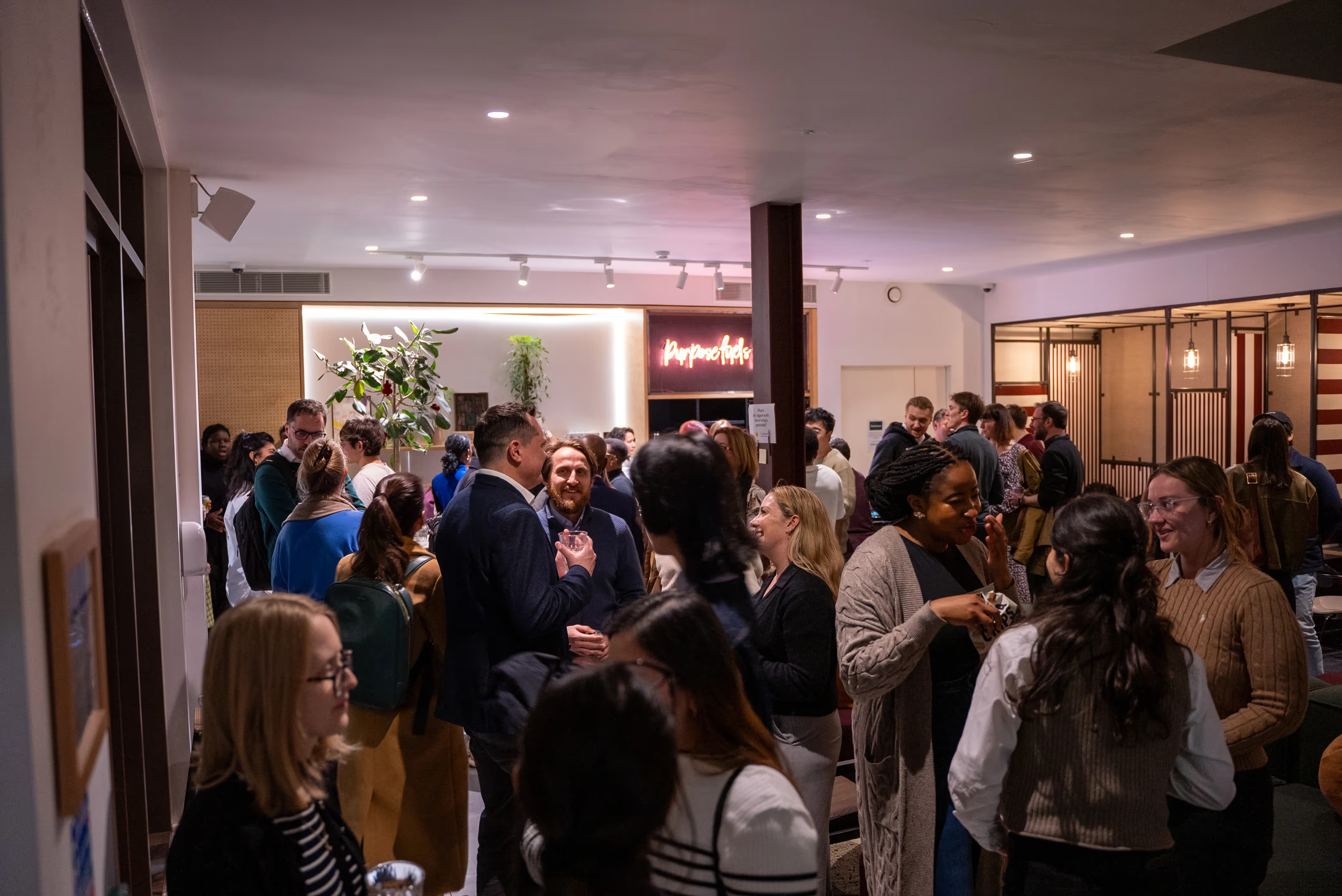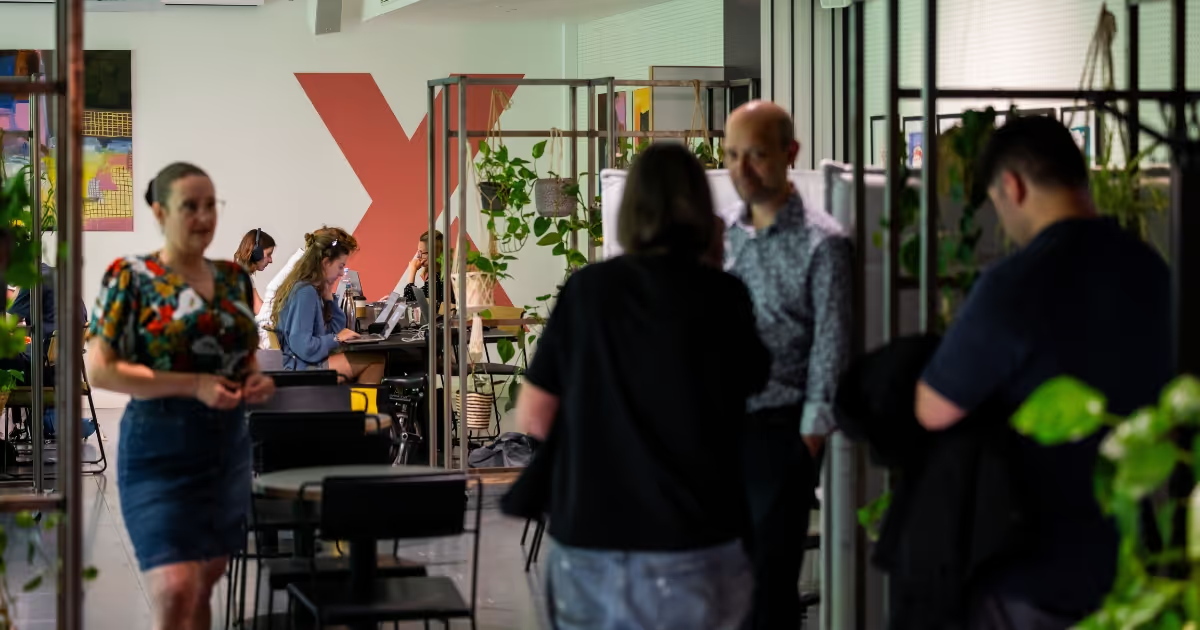Ancient wisdom or prehistoric science and technology, has usually stood the test of time owing to its durability under a wide range of circumstances. Most revolutionary new ways of thinking will still have their roots in ancient concepts, such as that of Daoism, from Ancient China. This concept is explored in the book ‘The Dao of Capital’, by Mark Spitznagel.
Ancient wisdom or prehistoric science and technology, has usually stood the test of time owing to its durability under a wide range of circumstances. Most revolutionary new ways of thinking will still have their roots in ancient concepts, such as that of Daoism, from Ancient China. This concept is explored in the book ‘The Dao of Capital’, by Mark Spitznagel.
{{divider}}
Yin and Yang
{{divider}}
Daoists see nature’s harmonious balance in life - hardness from softness, strength from withdrawal or sensitivity, and advancement through retreat or patience. Though it may seem counterintuitive, this timeless wisdom can just as well be applied to capitalist markets or strategy, as it can to daily living.
{{divider}}
Daoism isn’t really a concept with any direct translation, it’s an emergent path that makes sense through increasing experience. In overly simplistic terms, there is a path to anything through its opposite: so you can gain by losing and lose by gaining. Daoism emerged in ancient China during a time of heavy conflict, and one of its central concepts is ‘Wei Wuwei’. In warfare, this translates to not attacking until you secure a position of advantage, and can turn the opponent’s own force against himself.
{{divider}}
We see this concept play out in the Daoist martial art Tuishou, or ‘push hands’. In Tuishou two opponents try to throw each-other to the ground by going through a sequence of very subtle alternating feints and attacks. This is a physical manifestation of the idea of waiting and exploiting your opponent’s urgency. The real force here isn’t in pushing, it’s in yielding and using your calculated strength to work in synergy with the irrational, qualitative elements of life.
{{divider}}
Market Movements
{{divider}}
Instead of following a direct route to immediate gain, Austrian investing takes a winding path towards immediate loss. This pursuit of loss is similar to the yielding in tuishou: you pull back and experience short-term loss, so you can gain a more advantageous position in future. Like the Daoist concept of Wei Wuwei, the idea is to profit from other investors’ impatience and intolerance of small losses, as well as their urgency to get immediate profits. Patience is key.
{{divider}}
This is why the yin and yang symbol is depicted the way it is: in hindsight, it’s easier to observe that better things happened because of negative events and setbacks, as opposed to in spite of them. In the application of this to Austrian investing, life or business, initial setbacks, investments and learning opportunities make longer-term gains.
{{divider}}
Nature Knows
{{divider}}
The Dao acknowledges that nature is our greatest teacher. A major theme of this philosophy is to observe and learn from nature - even something as small as the growth of conifers. Conifers (aka pines / spruces / firs) better illustrate the Daoist indirect path that leads to a position of advantage. They’re also the oldest tree species on the planet, having first appeared roughly 300 million years ago.
{{divider}}
Conifers have to compete with angiosperm, a flowering plant, for space in the forest. They do this by falling behind, because angiosperms have the advantage of growing much faster, which makes it easier for them to compete in the short-run. However as with the hare and the tortoise, conifers lie in wait and slowly overtake the angiosperm by developing very strong roots and thick bark. Because conifers live much longer, they eventually overtake the angiosperm in both biomass and height.
{{divider}}
Once their safety is secured, conifers also become more productive than angiosperm, in their slower and earlier growth stages, they create a structure that sets them up for fast and efficient development. Conifers teach us that it’s much better to avoid direct competition for scarce resources, and to work in synergy with the environment at hand.
{{divider}}
Conifers also exemplify wei wuwei, as they grow on rocks and other areas where competing plants can’t live. When conditions suddenly change and an opportunity such as a wildfire arises, the wei wuwei conifers ‘seed by not seeding’. The rocks on which they grow give them a defensive position against other plants, but they also have an offensive advantage after a wildfire, and can freely disperse their seeds to the wind.
{{divider}}
Overall, conifers are soft, fragile and highly flammable, but they can strategically thrive by pulling back, growing slowly and steadily, and seeding just at the right moment.
{{divider}}
The Art of War
{{divider}}
Daoist concepts were used in the military strategies of ancient China and 19th century Prussia - which may seem worlds apart, but they share an important commonality. In both regions, wars gave rise to canonical texts on war strategy. In ancient China, it was Sunzi, by the general Sun Wu. In Prussia, it was Vom Kriege (On War), by the general Carl Von Clausewitz.
{{divider}}
Sunzi applies the Daoist approach, which is one of the most important works on the topic and has greatly influenced both Eastern and Western military thinking. The strategy outlined in Sunzi can be outlined in a single word: shi. This has no direct translation in english. It’s better defined by a cluster of meanings, two of the most important of which are strategic value and positional advantage.
{{divider}}
Shi conveys the significance of gaining influence through nonintervention so that you can secure an advantageous position in battle. Shi is to Sunzi, what wei wuwei is to Daoism. The Sunzi highlights that the highest mark of excellence in battle is to subdue the enemy’s army without fighting at all, or in other words, ‘marching without appearing to move’. As David and Golliath demonstrate - brute strength is not always the best way to win a fight, especially when dealing with limited resources.
{{divider}}
A similar (but different) principle can be found in Vom Kriege, which has also been influential, but more so in the Western world. In Vom Kriege, Clausewitz uses the German words Ziel, Mittel, and Zweck to describe his own approach to war. In this version, the immediate aim (ziel) is to weaken the enemy at strategic focal points to gain positional advantage. After their defences are down, this position can be used as a means (mittel) to reach the ultimate end (zweck) of ending the war.
{{divider}}
Empirical and Theoretical
{{divider}}
Life is not an event, it’s a process. Similarly, the market is an ongoing process and cannot be considered empirical. Austrian investing originated from a new school of economic thought, when one of the school’s pioneers, Ludwig von Mises famously proclaimed ‘the market is a process’. In Daoism, this process or path is called the Dao.
{{divider}}
Because markets are driven by the actions of countless people, economics is largely the study of the sum of human interaction. However, there are no constants on human behaviour like there are in the natural sciences, such as the charge on an electron. Human actions are highly subjective.
{{divider}}
When viewed as Dao, we understand that the market is a series of causes and effects towards the various goals of the people participating in it. It’s possible to observe the behaviour of a single market participant, isolated from the others, but the emergent properties can’t be considered empirical. This means that we can never conduct proper experiments on any markets. Moreover, any attempts to do so using empirical data will also be nebulous.
{{divider}}
Economists can’t rely much on making sense of historical patterns either. If investors could use history to predict market movements, they’d never be surprised by them, or lose huge amounts of money. Yet this is precisely what happened in the 2008 global financial crash, the market is always elusive and must be understood as the unpredictable and chaotic entity that it is.
{{divider}}
Homeostasis
{{divider}}
The market is naturally self-correcting, and intervention from outside weakens its balancing forces. A system should naturally achieve balance through internal guidance. Any attempts at intervention are usually counterproductive. The Austrian school teaches this in regard to markets: government intervention doesn’t balance markets, it distorts them.
{{divider}}
The market is like a forest: it has natural regulators that keep it balanced, just like natural homeostasis in the human body. A forest is kept in balance by the constant battle for resources among the creatures that live there. For example, when areas of the forest become too dominated by the growth of angiosperm, they become prone to small wildfires. This clears the land and allows conifers to re-seed.
{{divider}}
Thus, the fire is not merely a destructive force, it’s a self-regulating cleansing process.
{{divider}}
Markets are like our financial forests, Malinvestments can thrive for a short time, but they’ll eventually end in bankruptcies. Small fires like this free-up and redistribute resources by releasing capital to new areas. Intervention weakens both the forests and the markets balancing forces.
{{divider}}
Forest fires can become deadly when smaller blazes are suppressed by any kind of human forest management. When smaller fires are suppressed, trees have no opportunity to replace each-other, and the forest becomes feeble and prone to even more destructive fires.
{{divider}}
A similar phenomenon occurs in markets, when central banks make artificial changes by printing more money to counteract smaller crashes (fires). The bank can print money, but it can’t print its underlying value, such as real estate or gold. This distorts the markets natural state and makes it even more prone to malinvestment. {{divider}}
Forests and markets are both self-regulating and intervention from outside exposes them to unnaturally occurring damage. This is why the way of the Dao, balancing non-action with action.
{{divider}}
Counter-intuitive
{{divider}}
Austrian investing is difficult to implement, and is as much an art as a science, because it goes against our natural instincts to pursue our immediate goals. We can only succeed with Austrian investing if we stop being so focused on the moment. However, humans have simply become programmed to prefer things that are immediate and direct, over intermediate or indirect.
{{divider}}
Walter Mischel, a famous psychologist, researched this phenomenon extensively in the 1960s through the marshmallow test. Children were told they could either have the marshmallow now, or wait 15 minutes and receive two. Only a few of them could resist eating it, even though they knew they could receive more in the future if they did not.
{{divider}}
As our brains mature, we develop the ability to wait for longer periods of time, but it’s still our natural tendency to focus on the immediate. This is part of our evolution: our ancestors needed to focus on any immediate threats in order to survive. This tendency is exacerbated by our culture - which teaches us that the moment is all that matters. We focus on what we can see and experience in the near-term, especially when the future is increasingly unpredictable.
{{divider}}
Signs of this are all around us - savings rates are low, and we pillage the natural environment for its resources. So how can we overcome our natural instincts and invest like the Austrians?
{{divider}}
The Smallest Change For The Biggest Return
{{divider}}
Patience is a virtue, and we have to seek out highly productive capital to benefit from such investing. But how do we setup for the moment when our investments can pay off, and how do we know where to invest our limited time and resources?
{{divider}}
Rule number 1 - stay out of the market when distortion is high.
{{divider}}
Avoid the crash that will inevitably result. Keep your capital in reserve, or on the sidelines, and wait for things to pass until you enter back into the game.
{{divider}}
Rule number 2 - seek out highly productive capital
{{divider}}
Remember that the most productive capital, is the most roundabout capital. For example, you can find technological ways of producing more output with different inputs. But remember again that this means you’ll have to wait longer and reinvest in research and development. If you spend time improving the right technologies, there’s greater potential for gain.
{{divider}}
The first criteria for investing in a company is that it should show a high ratio of reinvested profits that can eventually make it more efficient. The second feature, is firms with a low market value - those which other investors don’t appreciate because they grow too slowly. These firms are likely to come through with distinct advantages at the end of an indirect route, Warren Buffett style.



.png)
.avif)


.avif)


.avif)
.avif)



